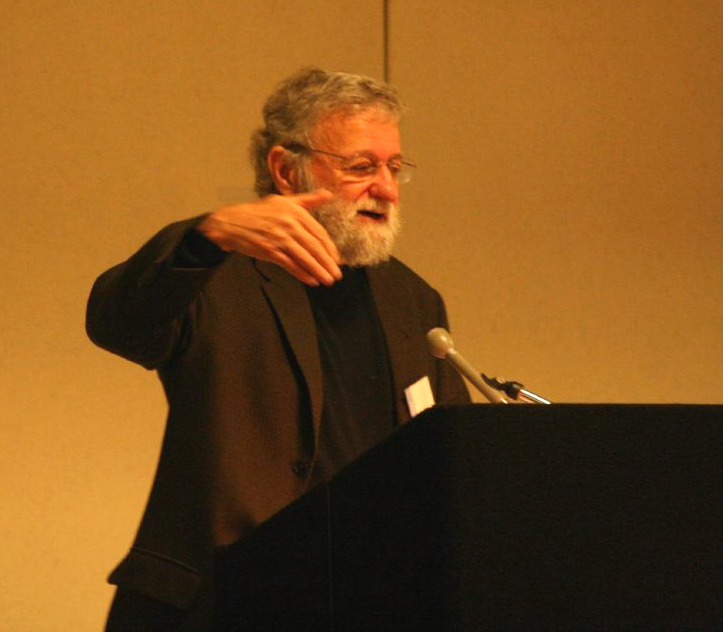“Great designers produce pleasurable experiences.”
The Design of Everyday Things
Donald Norman – amerykański psycholog poznawczy i badacz, specjalista w dziedzinie interakcji człowiek-komputer. Wikipedia

“Great designers produce pleasurable experiences.”
The Design of Everyday Things
Introduction to the 2002 Edition, p. xi.
The Design of Everyday Things (1988, 2002)
Źródło: Emotional Design: Why We Love (or Hate) Everyday Things
Źródło: The Design of Everyday Things (1988, 2002), Ch. 6, p. 156.
Introduction to the 2002 Edition, p. ix.
The Design of Everyday Things (1988, 2002)
Źródło: The Invisible Computer (1998), Ch. 10
Źródło: The Design of Everyday Things (1988, 2002), Ch. 7, p. 216.
Źródło: The Invisible Computer (1998), Ch. 10
Źródło: The Design of Everyday Things (1988, 2002), Ch. 5, pp. 114–115.
Źródło: The Design of Everyday Things (1988, 2002), Ch. 6, p. 180.
Źródło: The Design of Everyday Things (1988, 2002), Ch. 6, p. 185.
Źródło: The Design of Everyday Things (1988, 2002), Ch. 6, p. 157.
Introduction to the 2002 Edition, p. xv.
The Design of Everyday Things (1988, 2002)
“Academics get paid for being clever, not for being right.”
27th annual conference of the Travel and Tourism Research Association, June 1996, Las Vegas, p. 143 http://books.google.com/books?id=FUkXAQAAMAAJ&q=%22academics+get+paid+for+being+clever%22.
Źródło: The Design of Everyday Things (1988, 2002), Ch. 6, p. 173.
Źródło: The Design of Everyday Things (1988, 2002), Ch. 5, p. 131.
Źródło: The Design of Everyday Things (1988, 2002), Ch. 7, pp. 212—213.
Źródło: The Design of Everyday Things (1988, 2002), Ch. 6, p. 152.
Źródło: The Design of Everyday Things (1988, 2002), Ch. 1, p. 8.
Źródło: The Invisible Computer (1998), Ch. 10
Źródło: The Design of Everyday Things (1988, 2002), Ch. 3, p. 78.
The correct answer is 37.
"The Don" Reveals All: Part 1 http://www.ok-cancel.com/archives/post/2004/10/the_don_reveals_all_part_1.html
Źródło: The Design of Everyday Things (1988, 2002), Ch. 4, p. 87; regarding doors labeled "Push" and "Pull".
Introduction to the 2002 Edition, p. x.
The Design of Everyday Things (1988, 2002)
Źródło: The Design of Everyday Things (1988, 2002), Ch. 4, p. 100.